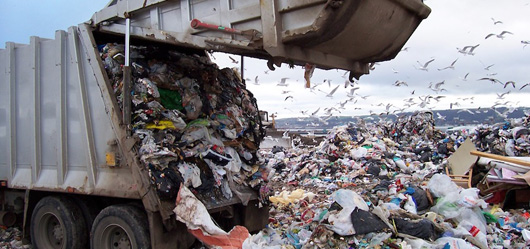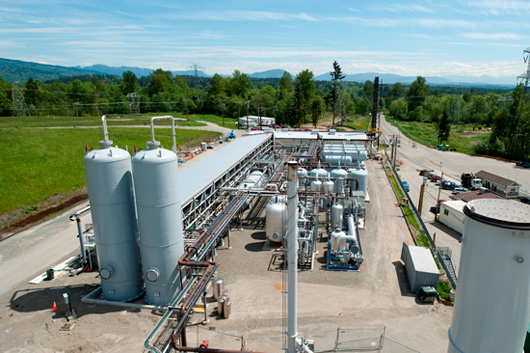Community Meeting – September 21, 2023
Video replay: https://us02web.zoom.us/rec/share/zxTjCIbeWkxxffZN2laqKzfOrmwCPXlGQ663hqMZf8qo8PVu2AfW0bMxiuDtiJM.zvWq-nwCFW5M5cZB
Community Meeting – September 21, 2023
Video replay: https://us02web.zoom.us/rec/share/zxTjCIbeWkxxffZN2laqKzfOrmwCPXlGQ663hqMZf8qo8PVu2AfW0bMxiuDtiJM.zvWq-nwCFW5M5cZB

The average human generates 1,600 pounds of waste every year. What happens to that waste? All waste is taken to various landfill locations, but not all landfills are created equal. The Cedar Hills landfill is one of several landfill gas–to–energy sites. But how is our trash turned into sustainable, renewable energy?
Waste is sorted into different categories and the municipal solid waste, waste containing organic compounds, is transported from your house to a landfill. The trash is compacted and buried in one of the many cells located in the landfill. Each cell contains bacteria, the key component in anaerobic digestion. Anaerobic digestion is the series of processes in which microorganisms break down biodegradable material in the absence of oxygen. One of the by-products of this process is Methane gas. Wells are drilled into the landfill to channel the gas from the Cedar Hills landfill to the BEW plant. There the landfill gas is refined into pure methane.

The Bio Energy Washington plant at Cedar Hills Regional Landfill
The refinement process begins with compression of the gas. The compressed gas is then sent through a series of processes that remove Hydrogen Sulfide, Carbon Dioxide, non-methane Volatile Organic Compounds, Water, and Nitrogen. Waste gas, a small secondary stream comprised of all the byproducts of the various separation processes, is burned at the flare. Some of the waste gas can also be sent to the engines at the BEW facility. Our recycled engines are modified to run on both diesel fuel and methane gas. The gas generated from the landfill can be used to power the plant, making BEW a fully self-sustainable energy resource. The purified methane is sent through one final compression stage, pressurizing the gas to 900 PSI so it can be directly injected into the Puget Sound pipeline and sent to the homes in the greater Seattle area.
Still have questions? Check our list of Frequently Asked Questions. If you’d like to further inquire about BEW, please fill out the contact form located in the bottom right of this page.